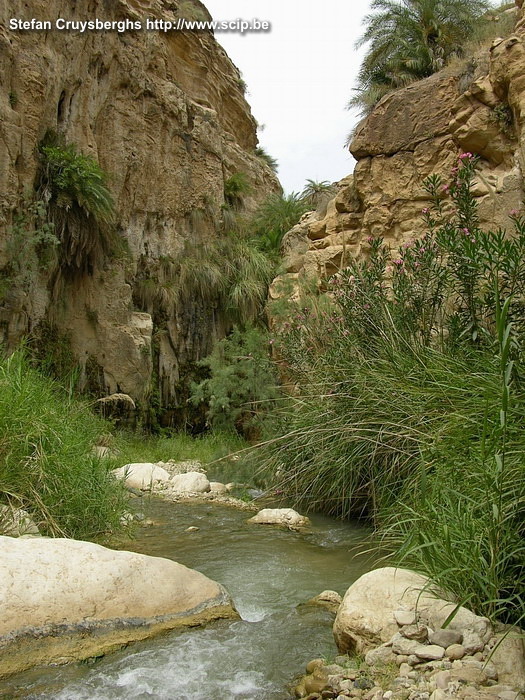jmlima
Posts: 782
Joined: 3/1/2007
Status: offline

|
quote:
ORIGINAL: Curtis Lemay
... The wadi is a desert feature. That is just the situation it's supposed to be used in.
It's not comparable to a river - it doesn't have any water in it. (See the Rapahannock example above).
Hmmm... No wanting to become involved in the bickering, but it's a bit pointless to be debating what a Wadi is. It's not an abstract feature, it's a real world geological feature, well defined. A wadi is indeed not a river, but that is hardly the gist of the discussion, since that is obvious from the start, a wadi is 'A stream valley in an arid region that is dry except during the rainy season.' As a stream valley they came in many sizes and shapes, and if some are trench size, I would debate that some , like Wadi Rum, could be thought as being a trench. In fact, if we think how we would defend a wadi and how we would defend a significant river valley crossing, we would still defend at the opposite bank. Examples of defending at the banks like in :
http://www.firstworldwar.com/battles/wadi.htm
http://books.google.co.uk/books?id=yfpozlstWuIC&pg=PA84&lpg=PA84&dq=defending+in+a+wadi&source=bl&ots=zy6FbxI-Gq&sig=Z7Gnwayc7SszcaYunx7uqzMNq58&hl=en&ei=aFlXS4bFCtW14Qa_1723Aw&sa=X&oi=book_result&ct=result&resnum=10&ved=0CCoQ6AEwCQ#v=onepage&q=defending%20in%20a%20wadi&f=false
Now, should a wadi be treated the same as a river? Hardly. Crossing a river poses a series of problems that a wadi does not (water being one of them... some wadis are wide enough for tanks to manoeuvre...) , but if a river is .7 to the attacker, seriously crippling the attacker, short of having 'major and minor wadis', the wadis should still, obviously, add some encumbrance to an attacker. TOAW has:
11.9.3 Additional Land Movement Costs
- Wadi: Mountain units no effect, Motorized and Mixed movement +2, all others +1
13.9.4 Defensive Strengths of Infantry
- Forest, Jungle, Hills, or Wadi (any Deployment), or Defending Deployment (any terrain): x2.0
13.9.5 Defensive Strengths of Static Equipment
- Urban, Urban Ruin, Forest, Jungle, Hills, Bocage, or Wadi (any Deployment), or Defending Deployment (any terrain): x1.5
And for the rivers:
11.9.4 River Movement Costs
Rivers and Canals (as opposed to super rivers or Suez Canal) normally add 2 to the cost of entering a location. ...
13.9.6 Unit Strengths in Water Assaults
Land units attacking from River, Super River, Canal, Suez Canal, or Deep Water (Amphibious Assaults) have all Strengths multiplied by 0.7.
So, in resume, Wadis benefit the defender (as we saw before, defender gets benefit from being at a bank, attacker may potentially have plenty of room to maneuvre at the wadi base), whilst a river creates an encumbrance (obvious) on the attacker.
Conclusions? Each to his own. Given that we only have one type of wadi, and no hex-border rivers , I think the engine actually is correct WITHIN it's own assumptions and limitations. Just my 2p.
|
 Printable Version
Printable Version













 New Messages
New Messages No New Messages
No New Messages Hot Topic w/ New Messages
Hot Topic w/ New Messages Hot Topic w/o New Messages
Hot Topic w/o New Messages Locked w/ New Messages
Locked w/ New Messages Locked w/o New Messages
Locked w/o New Messages Post New Thread
Post New Thread